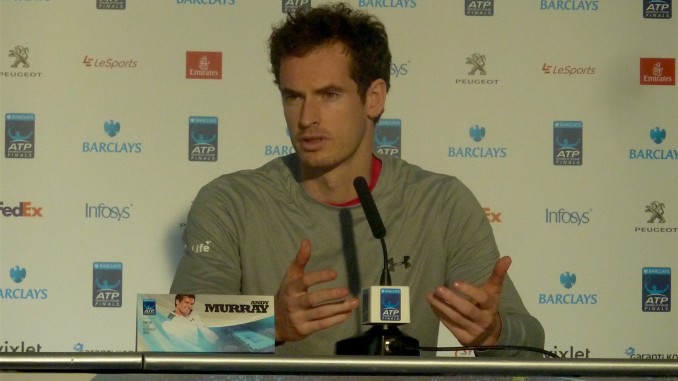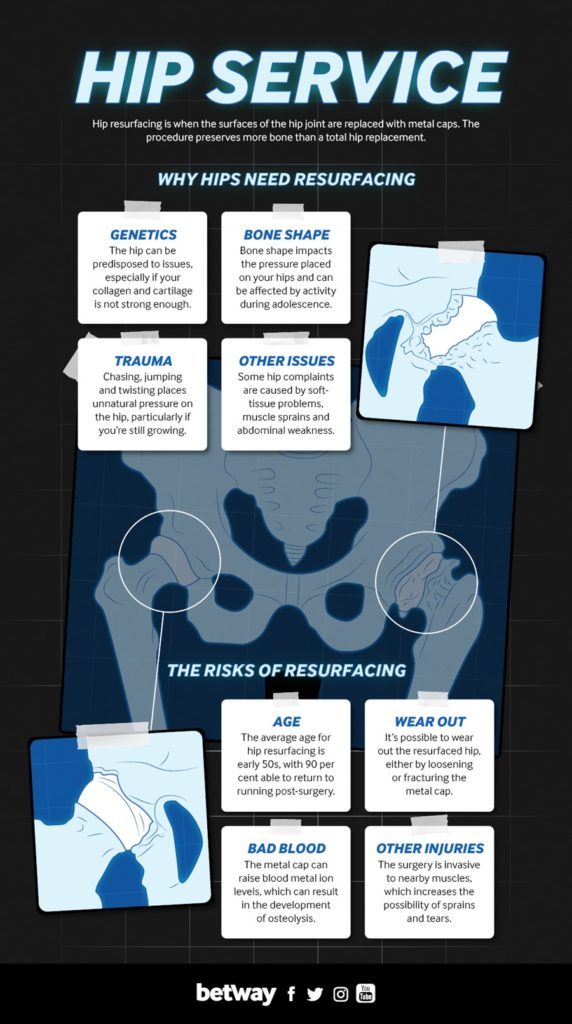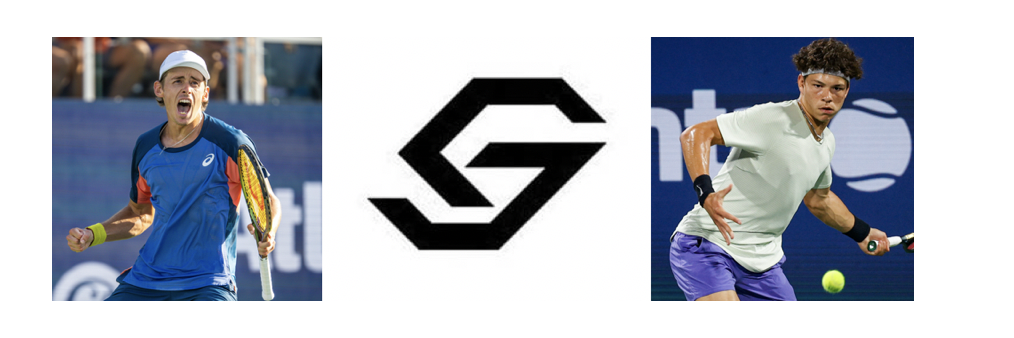
“My hip was always on my mind because every single step I took was painful. I don’t think I realized how much it was affecting my general well-being and happiness.”
That’s how Andy Murray, speaking to The Telegraph earlier this year, described the worst 18 months of his professional career—during which he fell from the No. 1 world ranking to unofficially retiring from tennis.
The 32-year-old said at the Australian Open that he would try to play through the injury in order to turn up at Wimbledon this summer before undergoing career-ending surgery. Instead, Murray opted for an immediate procedure that he felt would prolong his career even if it meant being on the shelf from singles for most or all of this season.
It’s safe to say that so far, at least, it looks like Murray made a great decision. Not only is he already playing professional tennis again, but the three-time Grand Slam singles champion also won the title in his first doubles tournament with partner Feliciano Lopez. They triumphed in dramatic fashion at Queen’s Club two weeks ago.
Now it’s on to Wimbledon, where Murray is teaming up with Pierre-Hugues Herbert in men’s doubles. He is also expected to play mixed, but his partner has not yet been announced. Betway has Murray and Herbert as -600 favorites over Marius Copil and Ugo Humbert in round one.
Regardless of how Murray fares, simply being on the court is a huge victory. It was never a guarantee, even though doubles specialist Bob Bryan has also successfully come back from the same hip resurfacing surgery.
Hip resurfacing, which involves the implantation of a metal cap onto the ball of the hip joint and a metal socket into the ‘cup’ of the hip joint, divides opinion among surgeons. The medical risks of a ‘metal on metal’ procedure are heavily debated, particularly for somebody of Murray’s age with aspirations to play top-level sport again.

Leaders in the orthopaedic field called Murray’s operation a “last resort.” Winston Kim and Adam Hoad-Reddick explained the challenges posed by a 32-year-old returning from an operation that is mostly done on over-50s.
“There is no turning back from now,” said Kim, a hip surgeon from Manchester Hip & Knee Clinic. “It was clearly a very carefully considered decision. He will have had an awareness of the intended benefits of resurfacing. If it fails, the next option would be a hip replacement. I’m sure he didn’t take the decision lightly; the vast majority of hip surgeons would be nervous about performing a hip resurfacing because of the potential risks, particularly in such a young, elite athlete.
“He wants to be able to play again, so he’s doing something relatively risky. The average age for resurfacing is in the early 50s, so a 32-year-old elite athlete wanting to return to playing tennis at the highest level within four months is in unchartered territory.”
“It’s slightly controversial, who should be having a resurfacing and whether it’s a better thing or not,” added Hoad-Reddick, a hip surgeon at the Alexandra Hospital in Cheadle, Manchester. “Fit young men who want to get back to impact activity are one sub-group of patients who probably benefit from hip resurfacing, but that’s balanced with the risk of metal wear leading to raised metal ion levels.”
“It’s incredibly important, in terms of willingness to return, to be determined and strong mentally. But it could be a negative. Will he ignore niggles and pain that he should be listening to more? If you push on and push on, you may end up in a chronic situation where you fail to fully recover.”
Right now, though, all systems are go. Murray was pleasantly surprised that he had no pain at Queen’s Club or in Eastbourne the following week (he lost in the first round with Marcelo Melo). “Zero,” he insisted in press conference after press conference when asked about any pain.
“There is no pain; that’s the crazy thing,” said Bryan, whom Murray described as his ‘bionic brother.’ “It looks like is doing really great. It’s kind of how I felt after surgery—it felt like there was no hip.”
For Murray, feeling like he has no hip is a good thing. It’s reason for optimism. But as the doctors point out, we have to be cautiously optimistic.


don’t think he and Herbert are going to far. but they will win round one, at least.
Thanks for this blog, Ricky. Interesting info re hip resurfacing.